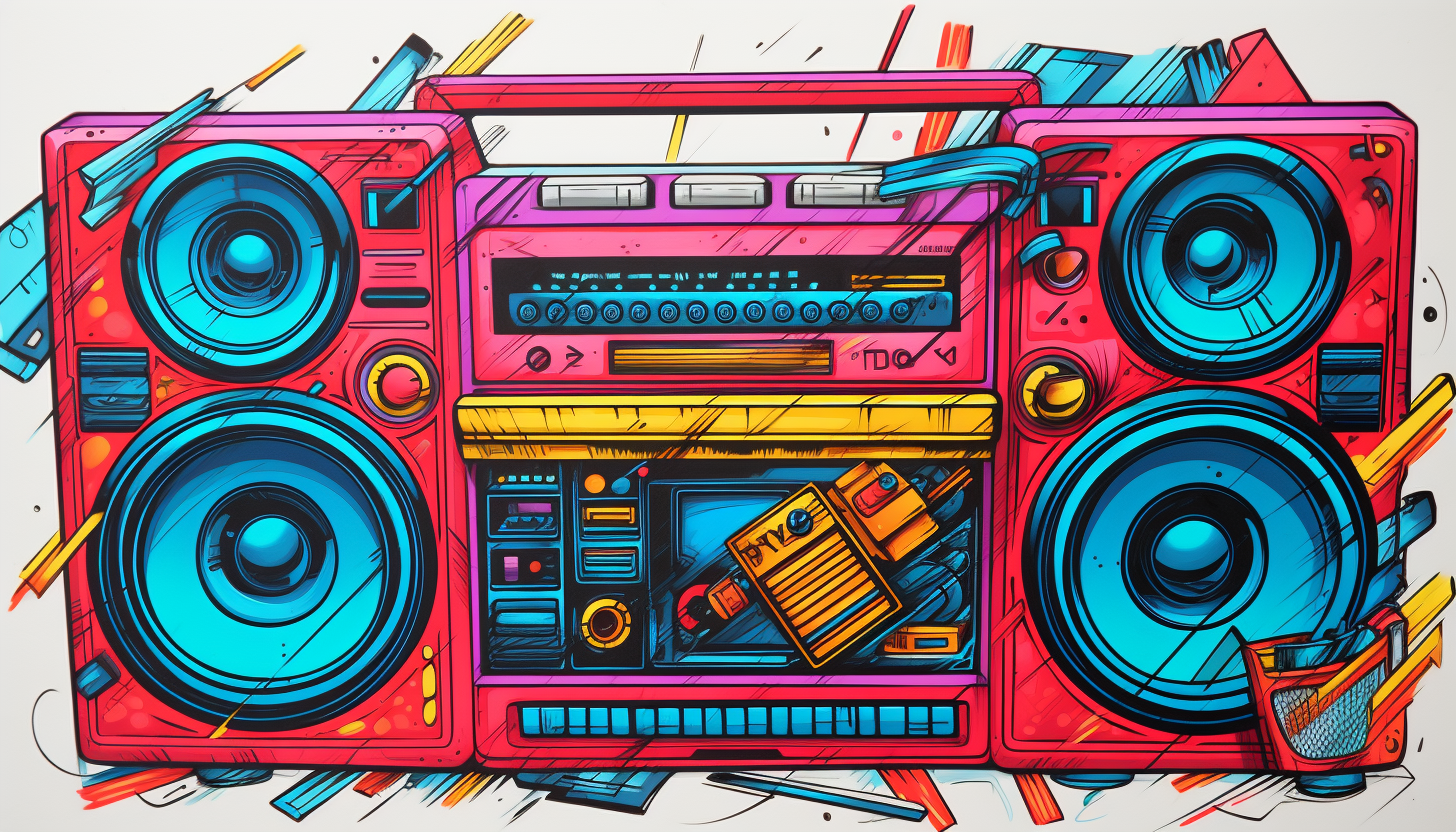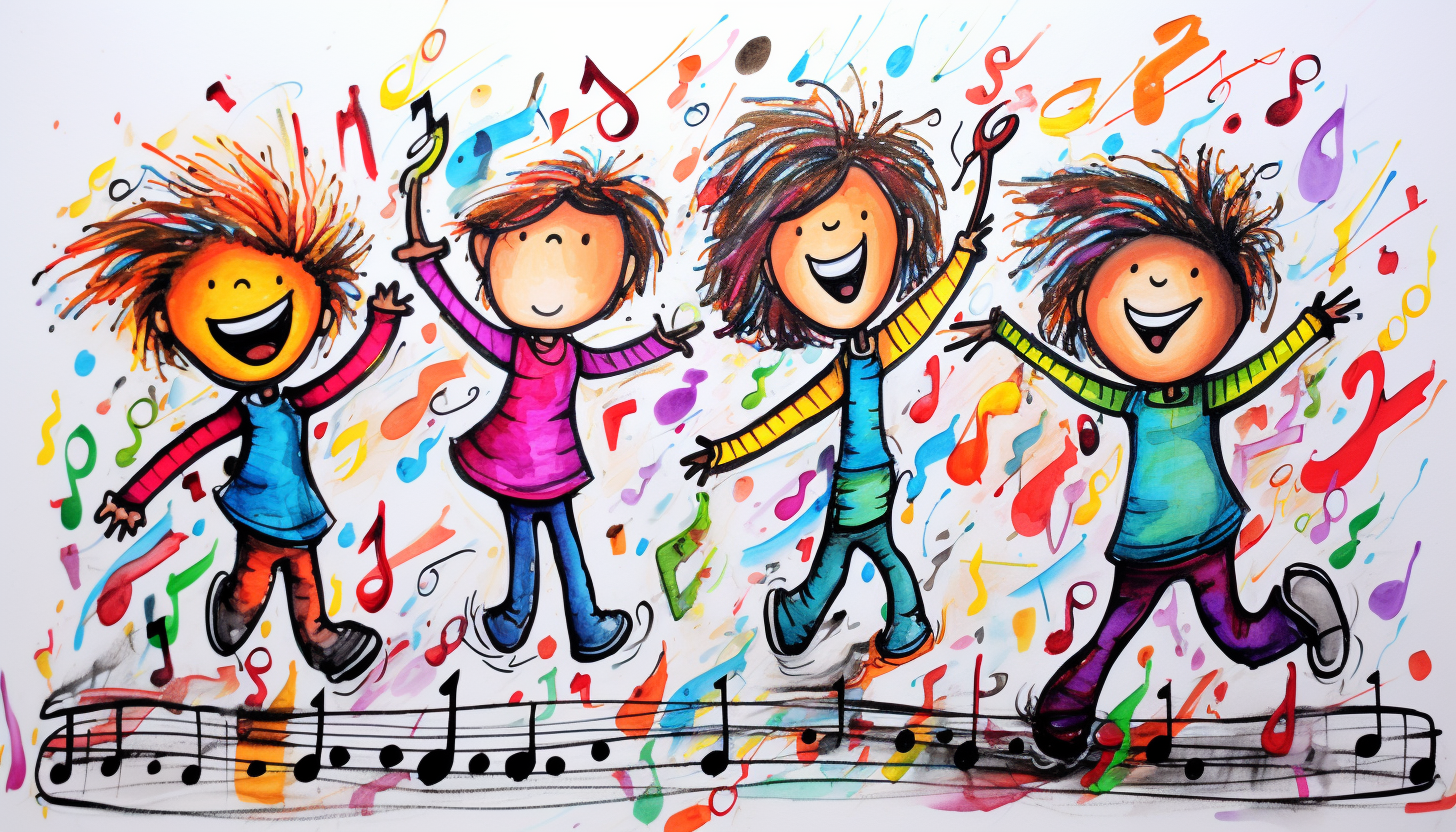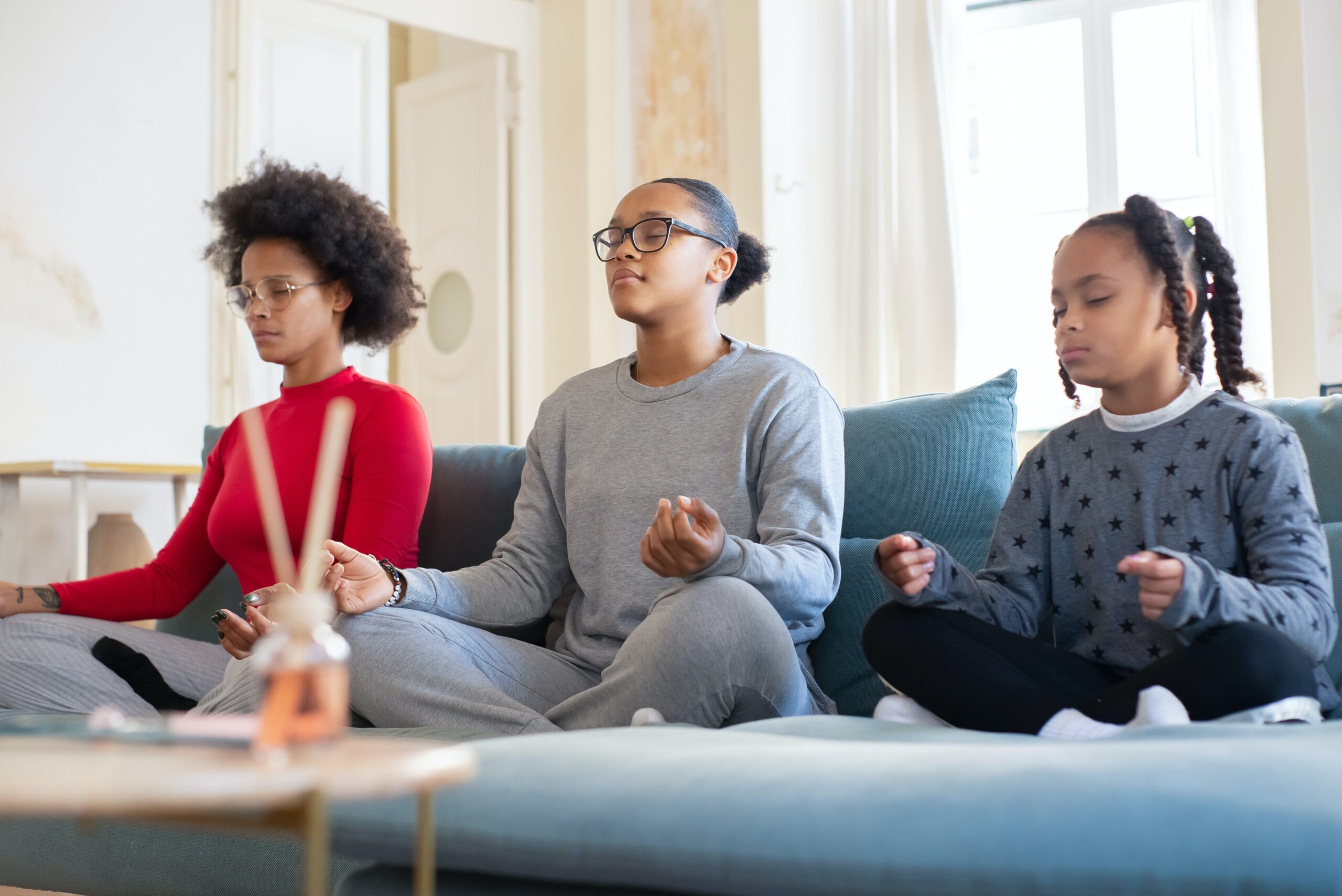Studies show that meditation is becoming more important for kids than before. Teaching your kids to care for or look after their minds is equally important as educating them about their bodies. Introducing your kids the meditations early with limiting screen time and having healthy relaxing routines will be vital to promote their mindfulness.
Meditation helps children to calm their minds and adopt healthy coping mechanisms in difficult situations. Despite social media’s negative effects and influence, you can get the appropriate meditations and podcasts to enhance your kid’s awareness and mindfulness. This article outline effective and short meditations for kids to promote mindfulness.
Side note: If you are looking for a quick way to automate a mindfulness practice with your kids check out our Charm Words podcast. Charm Words…
Releases daily Mon-Fri
Only 3 minutes long
Combines Ph.D. approved affirmations
Has science-backed exercises.
Click Here To Follow, subscribe and listen on all podcast platforms
Stop and Listen
You require a bell or Tibetan Medicine Bowl that can sound loud for this meditation game. Allow the kids to randomly walk in the room and instruct them to stand still and close their eyes once the bell or medical bowl is over. Let them listen to this sound carefully and start moving about after the bowl’s sound has disappeared. You can repeat this game and procedure several times to promote the kid’s mindfulness.
Silent Bell
This meditation involves you sitting knee to knee with the kids in a circle. While sitting, pass a bell around the kids in the circle, giving each child an opportunity to ring it and listen to the sound. After finishing the circle, start passing the bell to the kids without allowing them to ring.
When having the second phase, show the children how to pass the bell slowly and gently. This meditation works as magic to prepare the kids for a relaxation session. Repeat the session several times to ensure that all the kids understand that they shouldn’t ring the bell. You can also consider passing the bell by standing and walking up to the person not sitting next to you.
I See Beauty
You can consider performing this meditation technique or podcasts in nature, outdoors, or around the classroom. Guide the kids to stand at the right time and admire the beauty around them.
Allow the kids to look for something attractive in front of them and silently say, “I am enjoying the beauty in front of me.”
Then look at the back to see something beautiful and say, “I see attractiveness behind me.”
Instruct the kids to continue the same process on the left and right sides.
Walking on the Sky
Despite being a risky meditation technique, performing it appropriately will help to promote your kid’s mindfulness. Experts advise that performing the technique or meditation activity in pairs will be safe. When taking this meditation technique, have one holding a mirror under their face or hand.
Then the friend or partner should let them outside. Ensure the partner holds the mirror appropriately to enhance mindfulness. The technique enhances mindfulness as walking out resembles waking on top of clouds. Therefore, the kid will have to concentrate on getting the entire perspective to open their new world.
Ocean Breath
Your kids can take the technique while in a sitting or lying position. After getting the appropriate posture, instruct the kids to put their fingers on their ears. Ensure that one kid is hearing before you start the technique to make it effective in enhancing mindfulness among the kids.
You can now instruct the kids to take a deep in and listen carefully for any sound. The technique allows the child to hear the loud sound of the roaring ocean when having a deep sleep. The kids can continuously listen to the waves while breathing in and out. Besides enhancing mindfulness, the sound of the ocean enhances relaxation.
Bell Circle
Choose a specific circle to sit in and close your eyes. Choose one kid to hold the bell and walk out of the circle softly and gently without ringing the bell. However, the kid can ring the bell by the person of their choice and hand them the bell before taking the sitting position. Continue with the game for a few minutes until everyone opens their eyes.
After everyone opens their eyes, you’ll realize that everyone in the circle changes positions while the circle remains the same. Experts reveal that walking around gently and silently helps enhance mindfulness among kids. Furthermore, it helps in calming and focusing the kids.
Finding the Center
Instruct the kids to either stand or sit and lean. The kids can lead while tilting on the back, forward, left, and right. Tell the kids to continuously keep leaning until they can find the center of their body. The center comes where the body finds or feels more balanced. You can use the technique to promote mindfulness as the kids try to find the appropriate center.
After all your children find a balancing point, tell them to close their eyes to continue with the process. The kids should try to feel the center running from their feet to the spine and eventually on the head. Allow the children to breathe to this specific center and reveal how they’re feeling.
Buddha Board
It’s a special board where you use water to draw or write. However, the water will evaporate from it after approximately a minute, erasing your words or pictures. You can use the board to illustrate to your kids that nothing last forever, and they must be mindful. During the session, allow every kid to draw anything they like on the boards to see how this can last. However, ensure the previous creations evaporates before and create sufficient space.
Animal Paradise
It’s a popular game that allows kids to remember and practice the different animal poses. Besides remembering these poses, the game encourages self-control, quiet time, and stillness. For this game to be effective, you’ll require a Tibetan bowl and huge free space for the kids to move freely.
You can select a particular Yoga animal or allow the kids to have a turn picking session for the animals. Afterward, allow them to move in the room freely, making sounds resembling the animal. Instruct them to freeze in the animal pose and stay quiet until the bowl or bell stops sounding.

Oh So Quiet
It’s an essential meditation technique that encourages the kids to be mindful and stay still for a long time. The strategy is key to developing the children’s concentration and listening skills. Eye pillows and the Tibetan singing bowl will be effective for this meditation. Instruct your kids to lie down and put their hands by sight or eyes with the eye pillows.
Tell the kids that they must listen appropriately when you ring the bowl. After the bowl stops singing,’ all the kids place their arms on the belly before you ring it again. They should gently place their hands on their sides after they can’t hear the singing bowl. You can repeat this procedure several times.
The Third Eye Yoga Diamond
It’s an essential podcast or meditation to promote your kid’s mindfulness. When having this meditation, ask the kid to lie on the flow and place a glass pebble, crystal, or small stone on their forehead. Instruct the child to focus on the stone or crystal, imagining its color, and feeling its weight, coolness, and warmth.
The magic stone will be vital in making the kid more relaxed and calm as the magical qualities seep into the body, slowly feeling every part. You could try different poses if you had enough with crystals or stones. Ensure you perform the practice without dropping it and maintain the same heightened awareness.
Sleeping Elves and Fairies
It’s a common meditation technique that involves having some relaxation music or podcasts and carrying some fairy dust. Get the kids to rest or lie in a Child’s pose, resembling an elf or a fairy. Walk around the location while tapping the kids gently on their backs using your fingertips and covering their faces with magical fairy dust. This procedure will give the children with magical powers to be mindful and stay still for a long duration.
Still Water
The still water meditation technique offers the best way to promote mindfulness for your kid. This effective technique involves instructing the kids to lie completely on the floor. Furthermore, the kids should step to the other side after feeling like someone is moving.
Instead of saying ‘don’t move,’ the kids must learn about the act of being still. Ensure you repeat the game several times for the kids to understand or catch the moves or procedures. The still nature of the game makes it more effective and fun to enhance mindfulness among the kids.
Bottom Line
Like adults, meditation and podcasts are appropriate ways to enhance mindfulness in kids. You can use the proper techniques to engage the kids in various mindfulness practices. However, experts advocates for choosing more active engagements to make it easy to get the best from the kids.
Remember taking too serious or boring techniques won’t provide the best results. Above are the appropriate meditations and podcasts that can help your kid be mindful and bring their focus back. Besides enhancing mindfulness, these techniques and podcasts enhance relaxation and mental wellness.
Side note: If you are looking for a quick way to automate a mindfulness practice with your kids check out our Charm Words podcast. Charm Words…
Releases daily Mon-Fri
Only 3 minutes long
Combines Ph.D. approved affirmations
Has science-backed exercises.
Click Here To Follow, subscribe and listen on all podcast platforms








